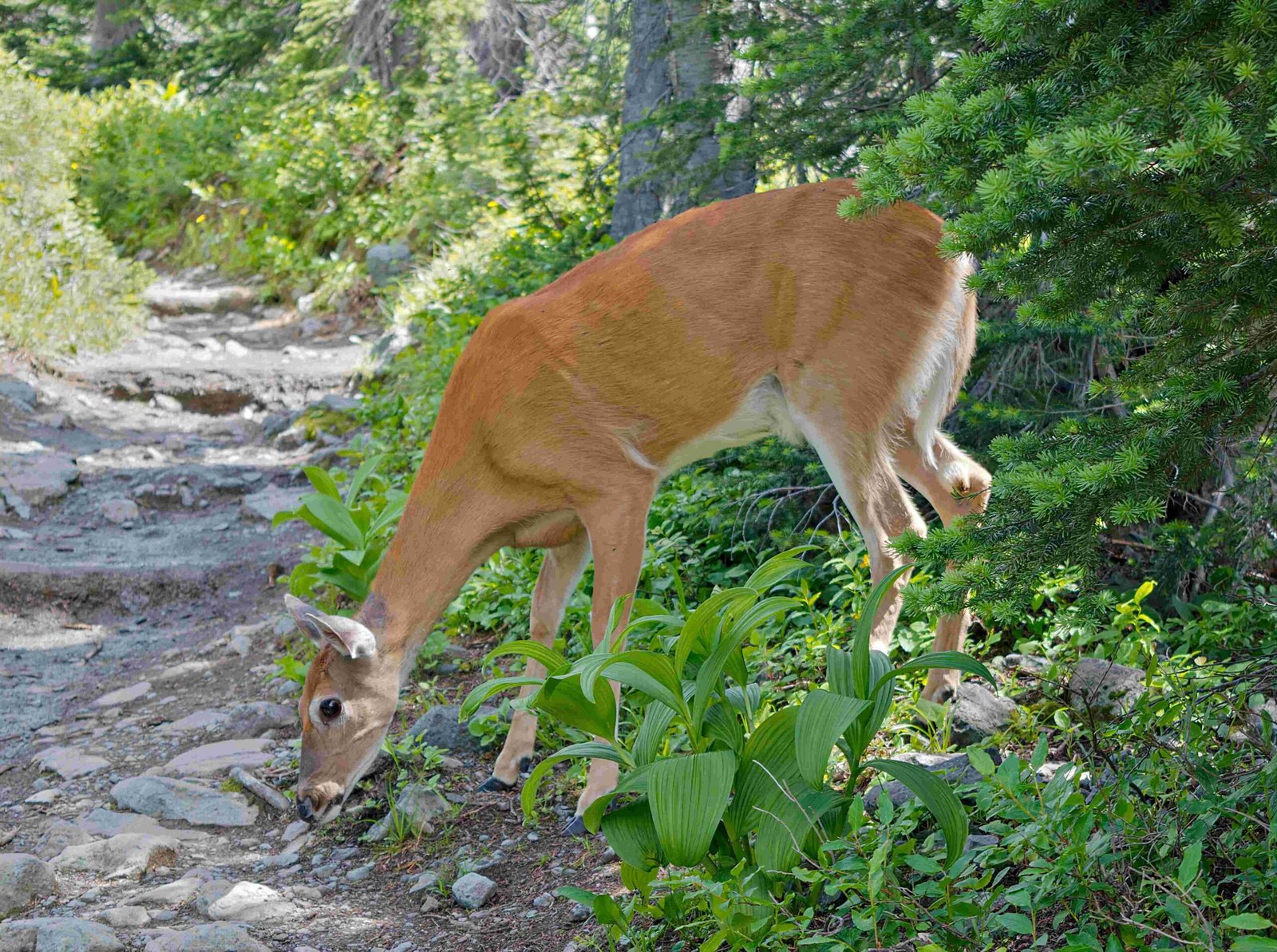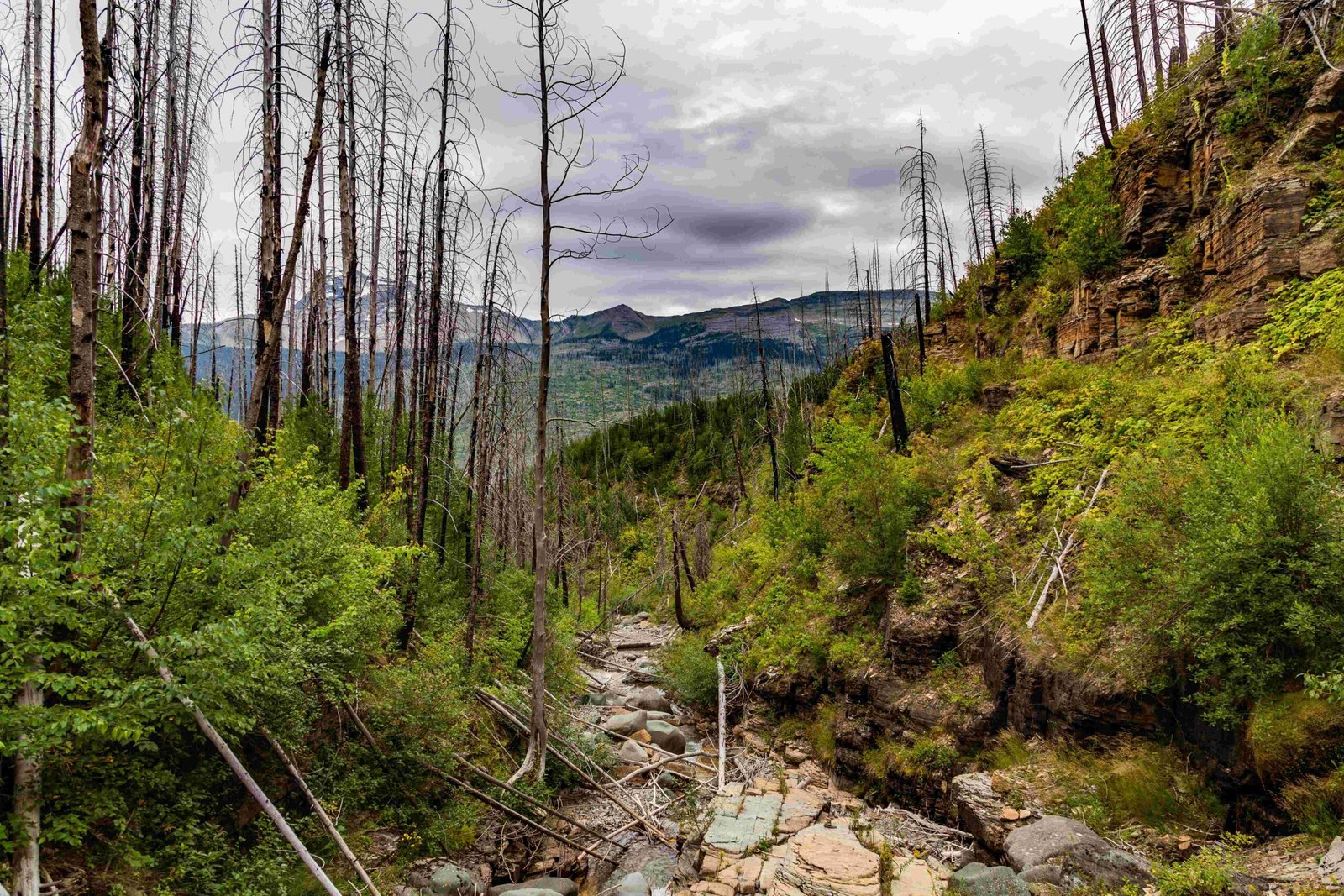Glacier National Park, featured prominently in National Geographic publications, is a crown jewel of the American wilderness. Known as the ‘Crown of the Continent,’ this park spans over 1 million acres of pristine Montana landscape. National Geographic has extensively covered its diverse ecosystems, from glacier-carved valleys to alpine meadows, showcasing its breathtaking beauty and ecological significance. The park’s unique geology, abundant wildlife, and over 700 miles of hiking trails make it a paradise for nature enthusiasts and photographers alike.
What Makes Glacier National Park a National Geographic Favorite?

Glacier National Park has long been a subject of fascination for National Geographic, featuring in numerous articles, photographs, and documentaries. The park’s dramatic landscapes, shaped by ancient glaciers, provide a stunning backdrop for National Geographic’s renowned photography. From the towering peaks of the Rocky Mountains to the crystal-clear waters of its many lakes, the park offers a diverse range of subjects for National Geographic’s explorers and photographers.
Key Features Highlighted by National Geographic:
- Glacial Landscapes
- Diverse Wildlife
- Alpine Meadows
- Pristine Lakes
- Historic Lodges
How Does National Geographic Portray Glacier National Park’s Ecosystem?

National Geographic’s coverage of Glacier National Park often focuses on its rich and varied ecosystem. The park is home to over 1,000 plant species and hundreds of animal species, including iconic wildlife such as grizzly bears, mountain goats, and bighorn sheep.
Ecosystem Highlights:
- Flora: Subalpine fir, Engelmann spruce, wildflower meadows
- Fauna: Grizzly bears, wolves, mountain lions, elk
- Aquatic Life: Bull trout, westslope cutthroat trout
National Geographic’s articles and documentaries often explore the delicate balance of this ecosystem and the challenges it faces due to climate change.
What Are the Must-See Locations According to National Geographic?
National Geographic’s coverage of Glacier National Park often highlights several key locations that visitors should not miss. These spots offer some of the most spectacular views and experiences within the park.
-
Going-to-the-Sun Road: This 50-mile road is often featured in National Geographic as an engineering marvel that offers breathtaking views of the park’s interior.
-
Logan Pass: The highest point accessible by car in the park, Logan Pass is renowned for its alpine meadows and wildlife viewing opportunities.
-
Many Glacier: This area is often described as the heart of the park, known for its stunning lakes, abundant wildlife, and hiking trails.
-
Lake McDonald: The largest lake in the park, Lake McDonald is frequently photographed for its crystal-clear waters and colorful pebble shoreline.
-
Grinnell Glacier: One of the most accessible glaciers in the park, Grinnell Glacier is often featured in National Geographic’s coverage of climate change impacts.
How Does National Geographic Capture Glacier National Park’s Wildlife?
National Geographic’s photographers and videographers are renowned for their ability to capture stunning images of wildlife in their natural habitats. In Glacier National Park, this often involves:
-
Patience and Timing: Waiting for hours or even days to capture the perfect shot of elusive animals like grizzly bears or mountain goats.
-
Specialized Equipment: Using high-powered telephoto lenses to photograph wildlife from a safe distance.
-
Ethical Practices: Adhering to strict guidelines to ensure minimal disturbance to wildlife.
-
Seasonal Considerations: Visiting during different seasons to capture diverse wildlife behaviors and landscapes.
Notable Wildlife Photography Subjects:
| Species | Best Viewing Locations | Best Time of Year |
|---|---|---|
| Grizzly Bears | Many Glacier, Iceberg Lake Trail | Spring, Fall |
| Mountain Goats | Hidden Lake Overlook, Highline Trail | Summer |
| Bighorn Sheep | Many Glacier, Grinnell Glacier Trail | Summer, Fall |
| Moose | Fishercap Lake, Swiftcurrent Lake | Year-round |
| Bald Eagles | Lake McDonald, St. Mary Lake | Spring, Summer |
What Conservation Issues Does National Geographic Address in Glacier National Park?
National Geographic’s coverage of Glacier National Park often highlights critical conservation issues facing the park. These include:
-
Climate Change: The rapid retreat of the park’s glaciers is a frequent topic, with National Geographic using time-lapse photography and satellite imagery to document these changes.
-
Wildfire Management: The increasing frequency and intensity of wildfires in the park and surrounding areas is often addressed in National Geographic’s reporting.
-
Wildlife Corridors: The importance of maintaining wildlife corridors for species like grizzly bears and wolves is a recurring theme in National Geographic’s coverage.
-
Invasive Species: The threat posed by non-native plants and animals to the park’s ecosystem is sometimes featured in National Geographic articles.
-
Visitor Impact: As visitation to the park increases, National Geographic often discusses the challenges of balancing public access with ecosystem preservation.
How Does National Geographic Recommend Exploring Glacier National Park?
National Geographic often provides recommendations for visitors looking to explore Glacier National Park. These typically include:
-
Hiking: The park’s extensive trail system is frequently highlighted, with recommendations for hikes ranging from easy nature walks to challenging backcountry treks.
-
Scenic Drives: The Going-to-the-Sun Road is often touted as a must-do experience, offering spectacular views of the park’s interior.
-
Boat Tours: National Geographic often recommends boat tours on the park’s lakes as a way to experience the landscape from a different perspective.
-
Wildlife Viewing: Tips for responsible wildlife viewing, including recommended locations and times, are often provided.
-
Photography: National Geographic photographers often share tips for capturing the park’s beauty, including recommended equipment and techniques.
Sample Itinerary Based on National Geographic Recommendations:
- Day 1: Drive the Going-to-the-Sun Road, stopping at Logan Pass for a short hike
- Day 2: Explore the Many Glacier area, including a hike to Grinnell Glacier
- Day 3: Take a boat tour on Lake McDonald, followed by a visit to Avalanche Lake
- Day 4: Hike the Highline Trail for spectacular views and potential wildlife sightings
- Day 5: Visit Two Medicine area for a more secluded experience and Native American history
What Unique Perspectives Does National Geographic Offer on Glacier National Park?
National Geographic’s coverage of Glacier National Park often goes beyond typical tourist information, offering unique perspectives such as:
-
Scientific Research: Articles often delve into ongoing research in the park, from glaciology to wildlife biology.
-
Cultural History: The park’s significance to Native American tribes, particularly the Blackfeet, is frequently explored.
-
Climate Change Impact: National Geographic provides in-depth coverage of how climate change is affecting the park’s ecosystems and glaciers.
-
Behind-the-Scenes: Readers often get glimpses into the work of park rangers, researchers, and conservationists.
-
Photographic Techniques: National Geographic photographers share insights into how they capture their stunning images of the park.
How Does National Geographic Contribute to Glacier National Park’s Conservation?
National Geographic plays a significant role in conservation efforts at Glacier National Park through various initiatives:
-
Raising Awareness: Through its articles, photographs, and documentaries, National Geographic educates the public about the park’s ecological importance and the threats it faces.
-
Funding Research: The National Geographic Society often provides grants for scientific research in the park.
-
Supporting Conservation Projects: National Geographic has supported various conservation projects in and around the park.
-
Promoting Sustainable Tourism: National Geographic’s travel guides often emphasize responsible tourism practices.
-
Documenting Change: By consistently documenting the park over decades, National Geographic provides valuable data on long-term changes in the park’s ecosystem.
In conclusion, National Geographic’s coverage of Glacier National Park provides a comprehensive, multifaceted view of this natural wonder. From stunning photography to in-depth scientific reporting, National Geographic continues to play a crucial role in showcasing the park’s beauty, highlighting its ecological significance, and advocating for its conservation.
References:
1. National Geographic: Glacier National Park
2. National Geographic: Climate Change in Glacier National Park
3. National Geographic: Wildlife of Glacier National Park